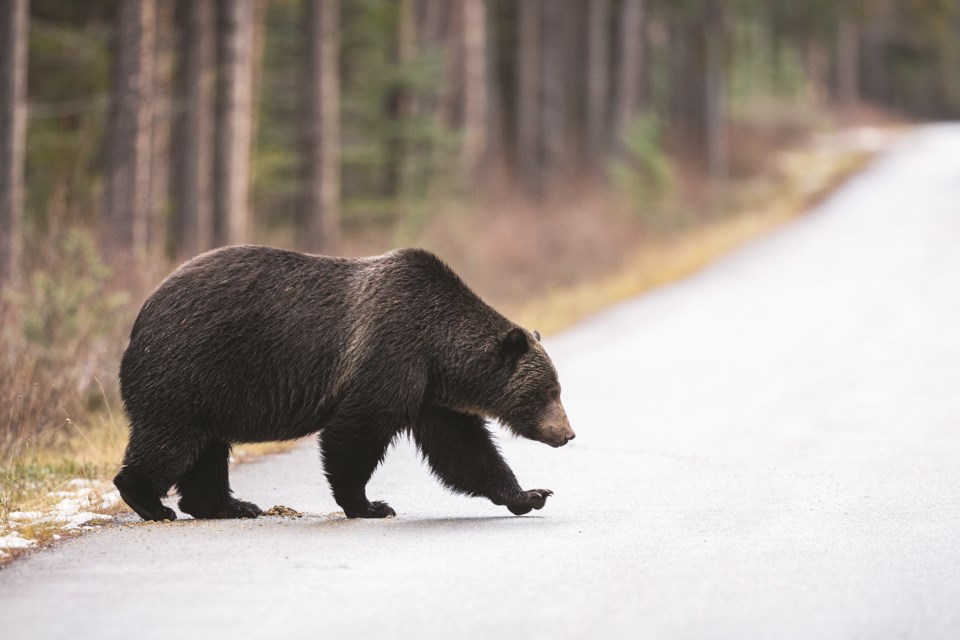With the Sea to Sky’s grizzly bear population on the rise and encounters bound to increase, a local organization is encouraging Pemberton Meadows residents to stay safe by installing electric fencing on their properties.
Coast to Cascades Grizzly Bear Initiative will cover half of the fencing’s material cost, up to $500. Coast to Cascades is also hosting a workshop this month to train residents on fencing design, materials and maintenance.
“All attractants can be secured with the proper use and maintenance of electric fencing,” explained Devin Pawluk, Coast to Cascade’s community co-existence and education coordinator for Pemberton Meadows. (In a follow-up email after this article was published, Pawluk clarified that it is always preferable to remove or secure attractants from a site rather than fencing them in.)
The area is home to two threatened but recovering grizzly populations, the South Chilcotin Ranges unit, at 222 bears, and the Squamish-Lillooet unit, at 46.
“We see population growth within both of these units and we can expect encounters with grizzly bears to occur, and within the Meadows, there are a number of attractants,” Pawluk noted.
Based on the movements of bears that were collared as part of two separate ongoing research projects, it appears that local grizzlies, and particularly females, “may be hesitant” to cross the Meadows, according to the 2020 Bear Hazard Assessment for Pemberton Meadows.
“Habitat loss due to human occupation, agricultural activities, resource extraction, and increasingly expanding recreational activities, are significant threats to grizzly bear population persistence within this area,” the report read. “Currently, the Meadows area is acting as a fracture between these two units.”
Of course, Pemberton Meadows farmers are no strangers to electric fences. The same hazard assessment carried out last year found that electric fencing was the primary method used by Meadows residents to deter bear access to attractants. However, at the time of the assessment, none of the fences were turned on.
“Despite Pemberton Meadows residents having a positive attitude to protecting wildlife … we do see somewhat of a reactive approach rather than proactive,” Pawluk said.
Led by WildSafeBC’s provincial coordinator Vanessa Isnardy, next month’s workshop, which is open to anyone from the Sea to Sky, will give attendees a hands-on look at a fully built electric fence. The ideal electric fence, Pawluk explained, would have five strands of wire, an energizer, insulators, and a grounding rod.
“A well designed and maintained fence can last years,” he added.
The free workshop is set for Aug. 6, from 6:30 to 8 p.m. at the Pemberton Library and Community Centre. Register by emailing [email protected]




